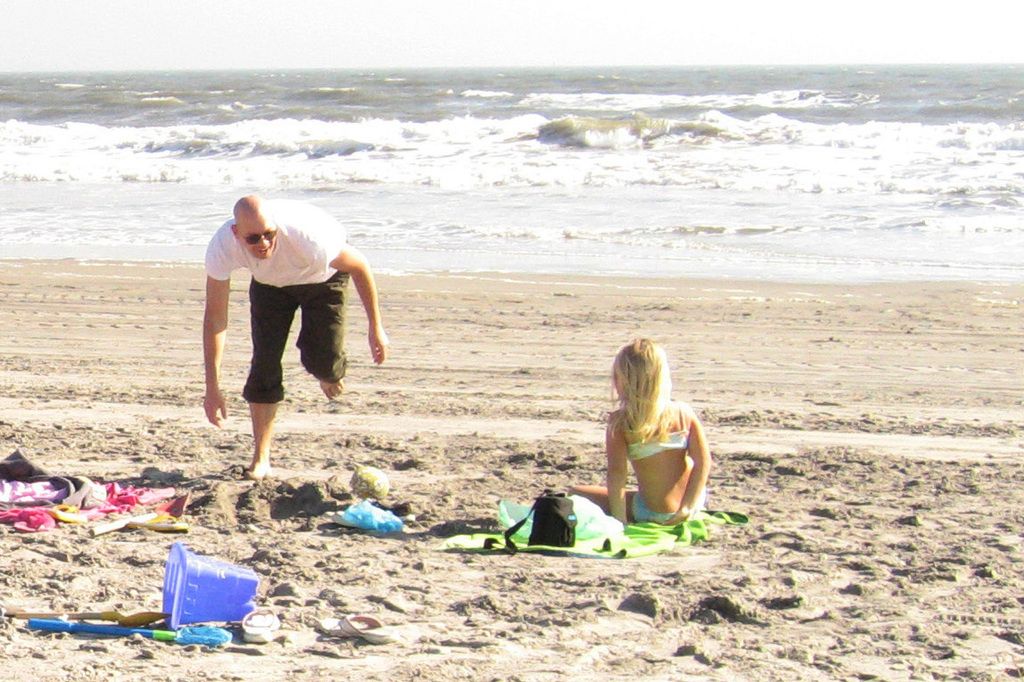EU Commission unveils strategy to accommodate Ukrainian refugees as acceptance wanes
EU Officials Unveil Strategic Plan for Assisting Displaced Individuals from Ukraine
Keep an eye out for the EU Commission's game plan for managing future Ukrainian refugee intake, set to be revealed this Wednesday. Commissioner Magnus Brunner and Ukrainian Deputy Prime Minister Oleksiy Chernyshov will team up in Brussels to share their draft proposals, as per the commission's spokesperson. The fine print, alas, remains under wraps for now.
In the EU, Ukrainian refugees are currently governed by the EU directive for temporary protection, rather than the standard asylum system. This arrangement is valid until March of next year. As per data from the German Federal Ministry of the Interior dating back to February, Germany hosts over 1.2 million Ukrainian refugees, making it the European nation with the third highest influx, following Poland and the Czech Republic.
Faint echoes of warm receptivity are fading, as public tolerance for accepting and assisting Ukrainian refugees thins in EU nations. In many corners, social benefits are being made leaner, even in Germany.
While official figures don't clearly indicate a decline in acceptance across the EU, it's essential to consider the changing environment. Here's a peek into the broader picture based on available data:
Present Scenario
- Refugee Population: As of April 2025, approximately 6.3 million Ukrainian refugees have sought sanctuary in Europe. A substantial uptick in numbers has been observed between December 2024 and April 2025.
- Host Nations: Germany, Poland, and the Czech Republic lead the list of EU countries housing Ukrainian refugees, with the UK and Spain also reporting significant numbers.
- Asylum Applications: In March 2025, Ukrainians filed 3,400 asylum applications, marking a 77% increase compared to March 2024.
Potential Elements Affecting Acceptance
- Economic and Social Integration: The ongoing wave of refugees can put a strain on local resources and economies, potentially exacerbating public sentiments.
- Long-lasting Conflict: The protracted nature of the conflict in Ukraine might breed exhaustion in the effort to support refugees, be it financially or socially.
In an effort to mitigate the effects of waning tolerance, the EU might gravitate toward:
- Enhancing Integration Initiatives: Fostering the socio-economic integration of refugees.
- Balanced Distribution of Refugees: Encouraging a more equitable division of refugees across EU member states.
- Awareness Campaigns: Educating the public about the continuous requirements and positive contributions of refugees.
For specific insights into the EU Commission's proposed strategies, keep a close watch on official EU announcements.
The EU Commission's strategy for managing future Ukrainian refugee intake may include enhancing integration initiatives to promote socio-economic integration of refugees, and encouraging a more equitable distribution of refugees across EU member states. Moreover, the strategy could potentially involve awareness campaigns to educate the public about the ongoing needs and positive contributions of refugees in the Europe, taking into account factors such as migration, war-and-conflicts, politics, and general news that could influence public acceptance.
Given the changing environment and the protracted nature of the conflict in Ukraine, it is crucial for the EU to address potential elements affecting acceptance, such as economic and social integration, as well as the impact on local resources and economies, in order to prevent an overall decline in support for Ukrainian refugees in the EU.








